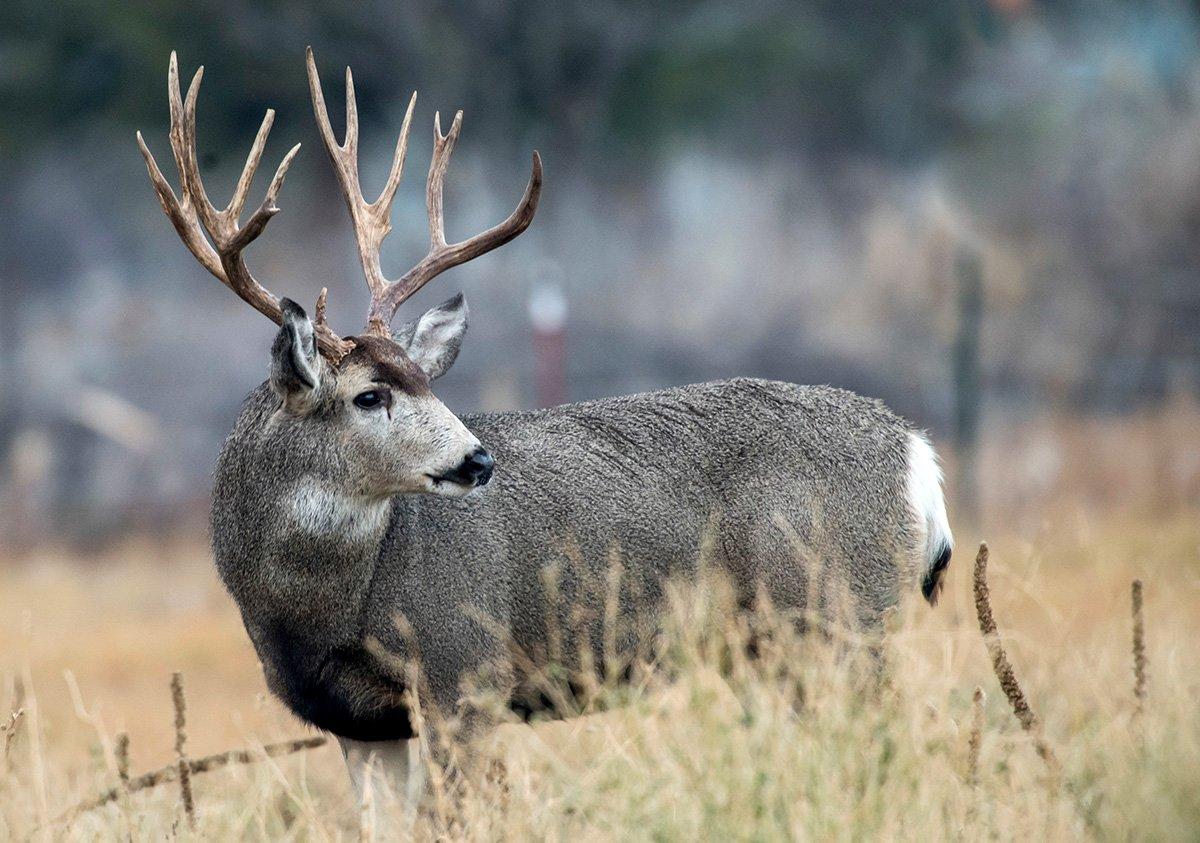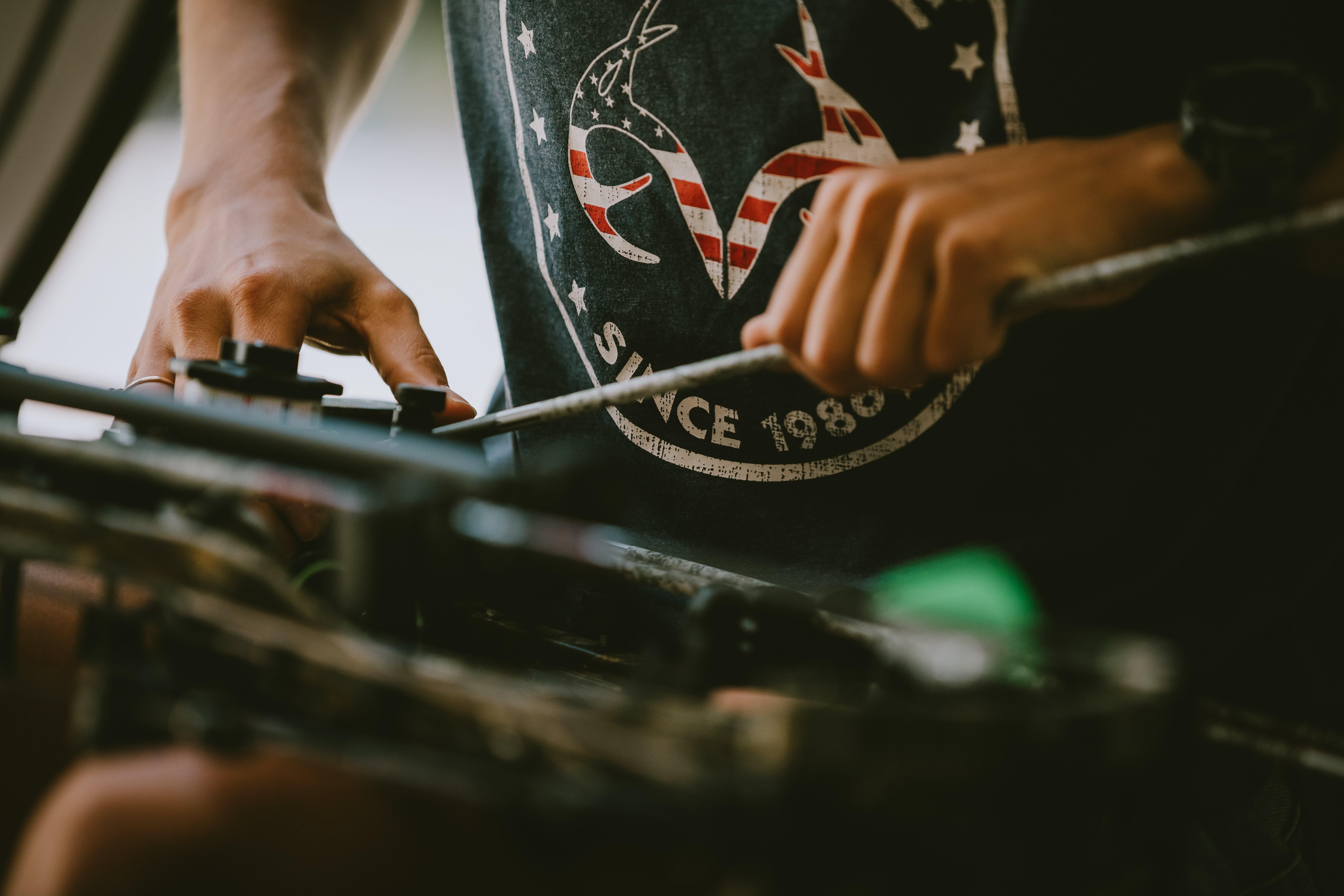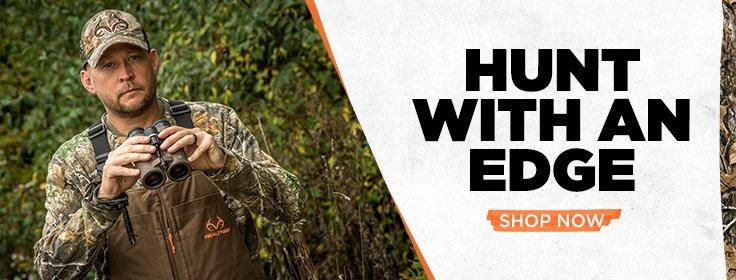Easy-to-read archery advice from the experts to make this deer season your best one yet
You're either bowhunting right now or will be in a few weeks. Between shooting your bow and scouting and hanging stands, you probably don't have time to read and digest a long-winded text on deer hunting.
But you probably are scrolling on your phone to pass the hours in a tree, or maybe while taking a breather on a mule deer mountainside. If you're doing that (and we know pretty much everyone is), you have the time to browse through this collection of next-level bowhunting tips, compiled with input from experts across the country. A few of them might help you kill a good buck with your bow in the coming days.
Just remember to look up every now and then, and pay attention.
1. As a rule, hang three to five treestands for every 100 acres of timber you hunt. Spread those stands to cover major food sources and travel corridors and to have options for different winds.
2. If you've got 100 acres but only 25 of those are conducive to getting to and from stands quietly and hidden from downwind, do your bowhunting in those 25 acres. If you try to force your way into tough terrain or spots where the wind is hardly ever right, you'll blow out deer and ruin your chances.
3. Clip your release to the string, close your eyes, draw your bow, and anchor. Open your eyes and you should be able to see a pin clearly through the peep without moving your bow or anchor point. If not, let down and adjust your peep as needed.
4. Trouble seeing through your peep in low light? Try switching to a larger 1/4-inch peep, which lets in more light and increases your field of view.
5. To reduce torque and shoot better, hold your bow arm straight out, then bend it slightly to unlock the elbow. Tip your wrist slightly up. Relax your fingers around the bow's grip.
6. Try to get at least two readings when ranging a deer, says longtime Kentucky bowhunter, outfitter, and outdoor writer Will Brantley. One off the deer itself but also a backup reading or two at its feet and, if possible, off a solid nearby landmark, such as a tree or rock. An accurate range requires a steady hand, and it's easy to miss the deer when your blood's pumping. If the buck you're ranging reads 64 yards but the ground at his feet says 42, you need to range that buck again.
7. Amazing how two doe decoys can be more convincing than one, says my friend Matt Cheever, a seasoned archer from Indiana. One weekend last fall I set two decoys near a creek and saw deer all day, both days. I shot a doe for the freezer.
8. Once you've chosen a tree for a stand, back up 50 to 70 yards, bend, and look up from a deer's perspective to see which height and angle provide the best backdrop and cover in the tree.
9. I hang my stands 17 to 20 feet high. At that height, when a deer is broadside 20 to 35 yards away, you'll see plenty of lungs and have a good shooting angle.
10. Over the years I've come to hang my treestands higher and higher, says Nick Mundt of the Bone Collector crew. I feel like the higher I get, the better I am above a deer's line of sight. A high stand helps carry my scent over a buck that might come in on a bad wind.
11. Whitetail hunters heading West, listen up. On a mule deer rack, look for big fronts and deep backs, says Brian Beisher, a Wyoming native who has guided bowhunters for decades. Good fronts on a 4x4 buck will be 10 inches or deeper. Big backs will fork low, and the G-3 is generally longer than the G-4.
12. When it comes time to pick your shot, try to envision where the arrow will exit above all else, says Will Brantley. Too many hunters mess up on angled shots because they don't consider the hold on the off side of the animal.
13. Sixty pounds of draw weight is ideal for most deer hunters with a modern compound bow, Brantley says. That's easy to draw when you're seated or you're cold, but more than enough to get the penetration you need.
14. I practice with my quiver on when still-hunting mule deer, says Nick Mundt. Your arrows are with you and ready for a quick follow-up shot if needed.
15. In a treestand, I take the quiver off since a second shot at a whitetail is rarely an option, says Mundt. No quiver means less bulk.
16. Once deer season opens, shoot one arrow tipped with a broadhead each day. You're lucky to get one shot at a buck. The mental benefits of one-shot practice will help you make your one shot count. Shoot more on off days to stay sharp.
17. Always try to shoot at a whitetail that is relaxed and calm. An alert, fidgety doe or buck is twice as likely as a calm deer to drop and whirl, or jump the string.
18. Biologist and bowhunter Grant Woods studied thousands of videos of bow shots and concluded that deer with their heads down drop more often than deer with heads up. With its head down, a doe or buck can easily drop its front end, then throw its head up as it wheels and bolts, he says.
19. Old advice is still good advice: Aim at the lower third of a deer's vital zone. Deer drops, you get middle or high lungs. Deer does not drop, arrow pierces lower lungs and heart.
20. When a buck walks directly beneath your treestand, draw. Most of the time the animal will turn right or left within 30 yards and give you a tight quartering-away shot or maybe even a broadside.
21. A five-year study in Maryland found that mechanical broadheads were more accurate than fixed blades. Hunters using mechanicals killed 94.3% of the deer they shot at versus 89.4% of those shooting fixed blades. These were proficient archers who kept their shots close, an average of 17.6 yards. Lesson: Regardless of broadhead choice, closer is better for whitetails.
22. If you use a containment rest like the Whisker Biscuit, focus on solid shooting form and follow through. With this type of rest, there is long contact with an arrow from shaft to fletching. Any breakdown in form or follow-through can affect arrow flight and accuracy.
23. I want a broadhead that flies like my field points, says Nick Mundt. For me, that's the G5 Deadmeat. This head shoots almost exactly like my field points out to 100 yards.
24. When practicing, think of different scenarios, such as shooting through a gap in trees or over a limb, says Mundt. Visualizing and practicing tough shots will help you when a buck comes in.
25. A Tennessee study found that whitetail bucks rub heavy in two types of terrain — valleys and secondary points, or fingers of timber that drop off ridges. The more brush and saplings in these funnels, the more rubs you'll find there.
26. One afternoon in Illinois: warm and wind at 20 mph. I wasn't planning on going, says bowhunter Gary Sulcer, but I went anyhow. He'd been in his stand only minutes when a buck walked into arrow range. The main-frame 8-pointer scored 160. Lesson: You only have so many days to hunt, so go when you can, no matter the conditions.
27. A good pre-rut stand is downwind of a well-trampled doe trail. Bucks troll nose down on such a trail, trying to sniff out the first hot gals.
28. Good pre-rut trick: Set two wicks doused with tarsal scent on either side of your stand or blind. A rowdy buck might smell what he thinks is an intruder and come in.
29. We've analyzed tens of thousands of cam images, and our data clearly show one terrain where mature bucks move best: the intersection of two or more drainages and/or fingers of timber deep in the woods, says whitetail biologist Mickey Hellickson.
30. In Indiana, bowhunter Brent Ireland got one cam picture of a double-drop giant. He hung a stand on the ridge near his camera and killed the 199-inch beast two days later. Lesson: Get one image of a monster on his feet in daylight, then move in and hunt him.
31. Blowing a sequence of 10 to 12 grunts on a tube is most realistic.
32. Position a treestand or blind so the sun rises or sets behind you. You'll not only see better but have an extra 10 minutes of shooting light at dawn or dusk.
33. Mule deer strategy No. 1: At sunup, glass a buck group as it moves off a feed field and works toward a bedding area. Watch them for 30 minutes or three hours—however long it takes for them to bed for the day on a hillside or in a copse of trees.
34. Mule deer strategy No. 2: Take off and stalk, quickly at first. Use draws and hills for cover, but sneak where you can peek over and keep an eye on the bucks. For the last 200 yards, look for a depression, maybe only a foot deep, and get in it and crawl. Swaying grass or sage above the ditch should give you enough cover to inch in tight for a bowshot.
35. A North Carolina State study found that during a full moon (first week of October this season), whitetails don't move much in the morning, but they are active from midday on. Focus on the afternoons.
36. Four high-interaction buck spots, good places for a treestand:
- Break line where pines/cedars and hardwoods come together. Bucks walk, browse, rub, and scrape on the lines.
- Oak ridge 100 yards off a crop field. Deer eat acorns and browse in ridge thickets morning and midday. Especially good afternoon spot, as bucks love to stage on a ridge.
- A narrow creek or river crossing funnels many of the deer that move through your woodlot.
- Brushy and/or tree-lined fencerow. Deer cling to the structure when traveling from fields to woods.
37. Screw broadheads into the four or five arrows you'll tote in your quiver. Shoot every one into a block target. Two will fly a little smoother than the rest. Mark those shafts Nos. 1 and 2 with a Sharpie and hunt with one of them.
38. Don't let thermals blow up a mule deer stalk. Vertical currents are strongest on east- and south-facing slopes on a sunny day. Sneak the upper reaches of a hillside morning through midday so that warm, rising air will carry your scent up and away from deer.
39. Texas researchers tracked a deer herd and watched them take 241,000 bites from 137 different plants! Takeaway: Whitetails are voracious eaters, so don't focus all your efforts on one or two major food sources. Hidden natural forbs and browse tucked in the woods are killer spots to shoot a big buck.
40. Check your bowstring and serving. If it's nicked, frayed, or stretched, replace it. String stretch can impact your draw length, peep position, and anchoring.
41. Pros at Hoyt Archery say to pack extra nocks, D-loop material, Allen wrenches, lighter, superglue, and tape in an emergency repair kit.
42. Always carry an extra release. If you drop your primary release from a treestand, sit tight and switch to your backup.
43. An old-timer taught me this: Stuff a pocket with gravel. After climbing into a treestand in an oak forest, pull out stones and drop them every few minutes. Sounds like fresh acorns plopping down, music to a deer's ears. Flick gravel in all directions for added effect.
44. The two days after a cold front rolls through your area and drops the temperature 25 to 35 degrees are prime. The sudden chill will kick does and bucks to move and feed before it warms back up.
45. Ridges and bottoms where you find the most acorns now are where you'll find the most scrapes in mid-October.
46. A farmer cuts his corn in late September or October. The sudden change in habitat will jar deer and force them to move widely for a few days as they seek out new core areas in nearby woodlots. Hang stands in those woods and you'll see deer.
47. Find a cluster of big, shiny rubs on a ridge or in a creek bottom within 100 yards of a crop field and you've found a corner of a big deer's core area. Hang a stand and hunt in the vicinity into late October.
48. Finally, it's the moment of truth. Bury a sight pin on a tiny patch of hair on a buck's vitals. Bury it there to keep your head down and in the shot. Release the arrow and watch the fletching disappear into the spot. Keep your bow arm straight and follow through. This is where you are most apt to mess up! Fight the urge to drop your bow arm and jerk your head to see if you got him. Focus on following through, and you'll get him.
49. Attach two pull-up ropes, one to either side of your treestand. Use one to pull up your bow, and the other to haul up your pack.
50. Safety tip: Run ladder steps a foot or two above the height of your treestand; climb all the way up, and then step safely down onto the platform.










